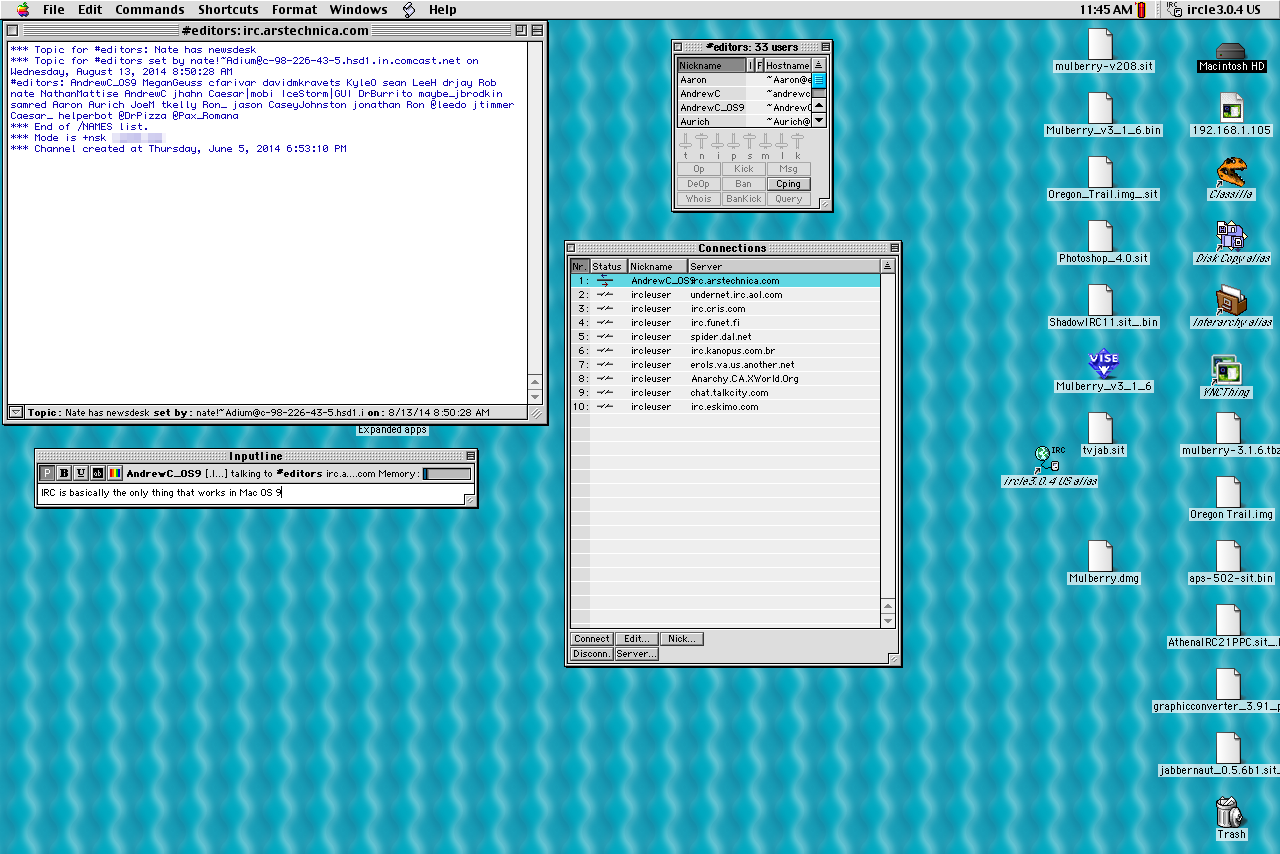
Here we have provided a simple procedure steps to download Tally ERP 9 software and install Tally on Windows OS or Apple Mac computer systems for practice.

The downloading and installation of Tally ERP 9 software is an easy method and fast. So, instead of hard coding the path in your rsync script, you should first search the mountpoint of your volume.Download latest version of Tally ERP 9 with GST. $ diskutil info 37635406-5BB1-36E9-85A6-74E5BCC45006 | grep "Mount Point" | awk ''īut using the UUID, I could find it without having to check all volumes to discover which one is the good one.

Using this information we can find where our volume, whatever is the name, is stored, for example, with the same volume as before we can use this command : Total Size: 10.0 Mi (10485760 B) (20480 512-byte blocks)įree Space: 1.7 Mi (1830912 B) (3576 512-byte blocks)Įach volume is assigned a UUID which is generated for each volume. You can discover that UUID using Disk Utility or its command-line equivalent diskutil :ĭevice / Media Name: Apple read/write Media We need to find a reliable way to discover where the volume is mounted by the automounter (autofs, by the way, in Mac OS X v10.5.x).įor this, we’re gonna use a unique identifier that is associated to any volumes, the UUID. If you wanted to synchronize on the second one, it won’t happen, your sync will go on the first one.Įven worst, if, for any reason, someone renames the volume to something else, rsync will in fact copy your data in a folder called “BigVolume” inside /Volumes. In that case, the automounter will mount the firs “BiVolume” as /Volumes/BigVolume and the second one as /Volumes/BigVolume 1. This is great and will work as long as our volume “BigVolume” is mounted as /Volumes/BigVolume.īut there can be some problems if, for any reason, you mount a second volume that is also called “BigVolume”. We synchronize everything from the root volume to a volume called “BigVolume”.

In a simple setup, rsync can be used to synchronize data between two volumes using something as simple as this : For this we’re gonna take the use of rsync as a support for our demonstration. But, using UUIDs we can find precisely a volume and its mountpoint even if the volume name changed. This is great but unfortunately this can be a nightmare to manage in scripts if you need to access a specific volume using its path. Mac OS X comes with an automounter for volumes.


 0 kommentar(er)
0 kommentar(er)
